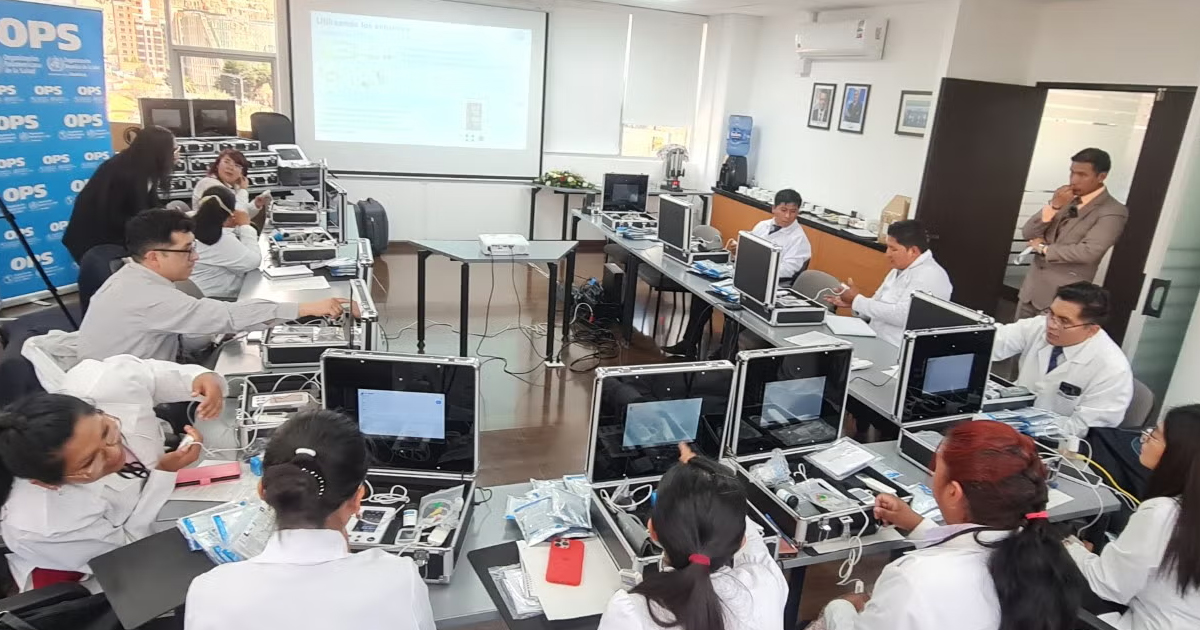El país andino busca fortalecer la administración de sus servicios de salud digital con la finalidad, a mediano plazo, de obtener ganancias redituables por el desarrollo e implementación de prácticas modernas de salud pública.
Una de las principales discusiones que se establecen alrededor del uso de la telemedicine en América Latina es la regulación del cobro de los servicios y el financiamiento realizado por parte de las políticas públicas de cada país de la región.
Los costos tienen que adaptarse de acuerdo a las especificaciones del servicio, nivel de especialidad y demás variables establecidas por los gobiernos en la búsqueda de prácticas equitativas y sanas entre los formatos tradicionales y digitales. Es muy importante saber que el 50% de las consultas actuales se pueden resolver de forma virtual, y solamente una porción del restante requieren un examen clínico profundo.
Por esta razón, Chile dio apertura al uso de códigos de facturación individuales para cada servicio de telemedicine y de esta forma, administrar las ganancias generadas para su financiamiento, el cual asegura su desarrollo constante y su vigencia dentro de las políticas públicas que adhieran un aporte a los ciudadanos.
Lo que pasa actualmente con los servicios relacionados a la telemedicine (como pueden ser las teleconsultas y los telediagnósticos), requieren del financiamiento otorgado por el gobierno mediante el National Health Fund (FONASA) mismo que se encarga de costear las prestaciones ofrecidas por las instituciones de salud pública. Esto implica que el sistema pueda llegar a ser vulnerable porque depende de los recursos de una sola fuente que no los obtiene de la proveeduría de estos mismos servicios.
En cuanto a la división de servicios para diferenciar su contribución al presupuesto destinado al sector público, se contemplan distintos costos dependiendo de las implicaciones, ya sea una consulta de segunda opinión, un telemonitoreo o cualquier otro beneficio para garantizar estrategias que cuantifiquen los ingresos dirigidos a las instituciones que operan con este tipo de tecnologías.

Otro método enmarcado para la regulación de los recursos es la existencia de catálogos donde se establecen los precios del intercambio de servicios con el objetivo de establecer una serie de cuotas de recuperación en la relación costo-beneficio.
México y Argentina están a miras de anexarse a este tipo de tácticas. Tendrán el reto de fiscalizar la jurisdicción que tenga cada zona de sus estados con respecto a la práctica de la Digital Health, la cual siempre tendrá la misión de permitirle al profesional de una provincia atender a un paciente que se encuentre en otra o, incluso, en otro país.
Dos factores muy importantes para poder convertir la digital health en una realidad son:
- Que se requiere la masividad de uso en dos sentidos; médicos y pacientes.
- Se tiene que pasar por una fuerte etapa de digitalización masiva para proveer herramientas, capacitación y promover el uso de las soluciones.
Es así como América Latina se esfuerza para dar enormes pasos hacia la digitalización de la salud para su población.







